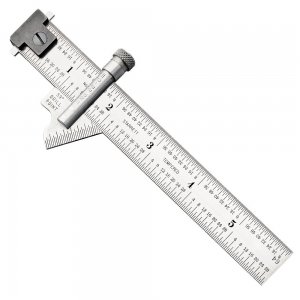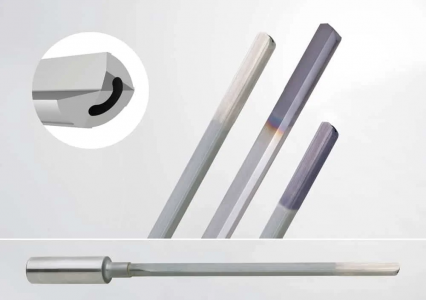- Joined
- Aug 1, 2019
- Messages
- 339
A former coworker showed me this method more years ago than I care to mention. I drill straight, small diameter deep holes by chucking the drill very short and peck drill using very small pecks (maybe 1/32" or less) and high RPMs. The trick is to not let chips build up in the flutes of the drill, chips in the flutes put side pressure on the drill causing it to drift sideways. The high RPMs keep the chip size small. Extend the drill as necessary by small amounts (maybe 1/4") Use an acid brush with oil on it to lubricate and clean chips out of the drill on EVERY peck. Using an acid brush is the official method, I use my finger tip dipped in oil. (DON'T DRILL YOUR FINGER!)
I will spot the hole with a center drill or use very light pressure on my small drill and let it idle on the surface of the work.
I have drilled some very small dia. holes as deep as 4" in steel.
Richard
I will spot the hole with a center drill or use very light pressure on my small drill and let it idle on the surface of the work.
I have drilled some very small dia. holes as deep as 4" in steel.
Richard
Last edited:



